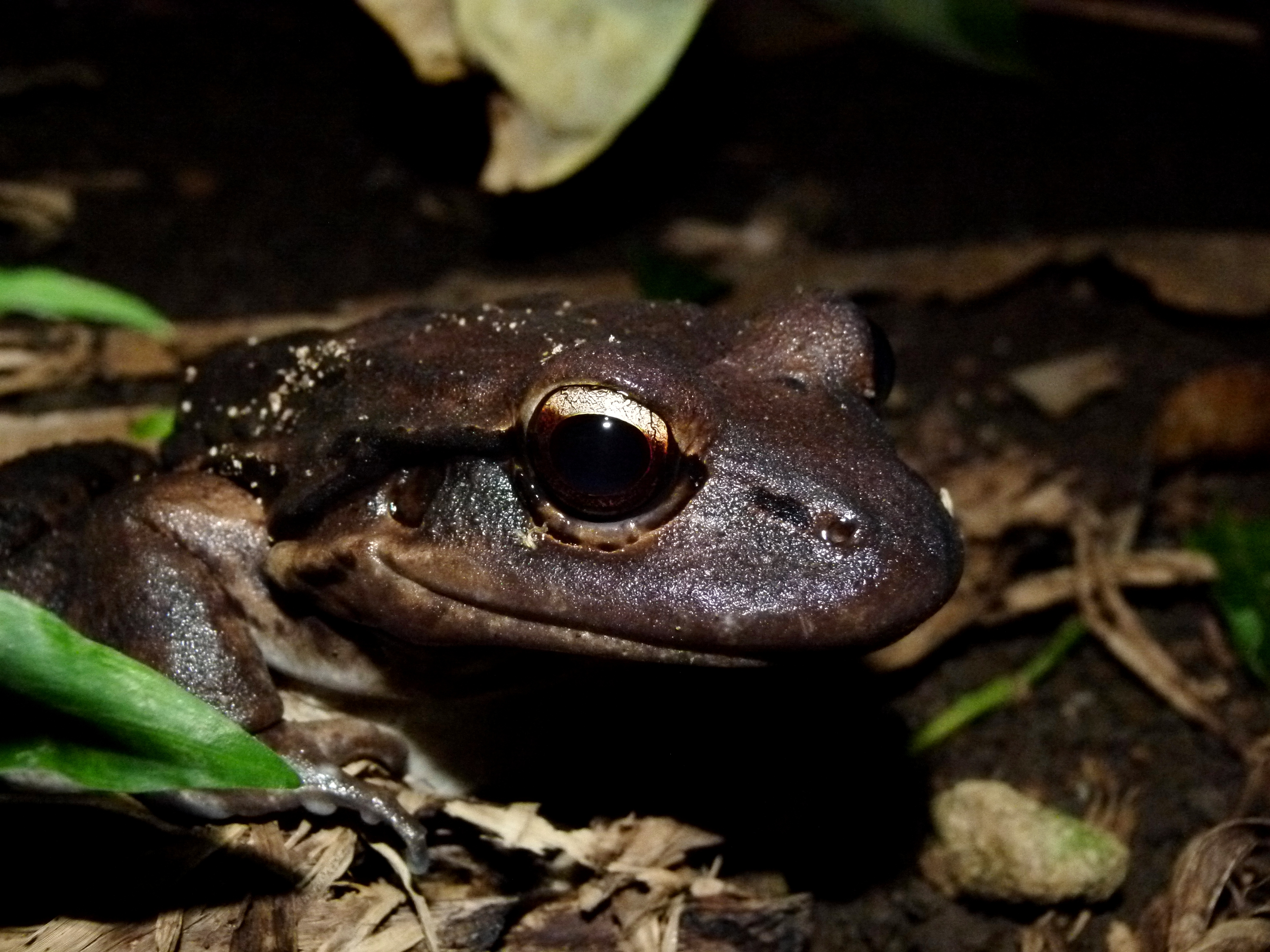The cultural significance of a species can play an important role in garnering local support for conservation. In a paper recently published in the journal Reptile and Amphibian Conservation, we used the Critically Endangered mountain chicken frog (Leptodactylus fallax) on Dominica as a case study to understand whether a species’ cultural association affects local opinion towards its use and conservation. The mountain chicken is an emblematic species on Dominica and was once widely consumed as an unofficial national dish, it also appears on the coat of arms and features in local proverbs. We used picture-choice questions to explore the effect of the cultural association with the mountain chicken on public preference in comparison with other species in three different contexts; 1) which species people would choose to consume; 2) which amphibian species people would chose to conserve and 3) which animal people would choose to support conservation efforts for. The mountain chicken frog was the least preferred choice for consumption and the most preferred choice for the amphibian species people would like to conserve. The mountain chicken fared poorly when compared with other charismatic flagship species and was the least favoured species. People were more in favour of supporting conservation efforts focused on the Sisserou parrot (Amazona imperialis), the National bird and the hawksbill turtle (Eretmochelys imbricata). Despite the importance of cultural association when garnering local support, our study revealed that this association can be easily eroded when there is competition from other more accessible, charismatic species. This is important to consider, especially if a species is highly threatened and there are on-going population declines, in such instances the cultural association is also likely to become threatened. The association a community may have with a species is subject to change; conservation biologists should consider the potential for such associations when initiating conservation programmes, particularly if the programmes are hinged on the cultural significance attributed to the species.
By Daniel J. Nicholson, Arun Kanaga-vel, Josh Baron, Stephen Durand, Cassandra Murray and Benjamin Tapley. Zoological Society of London

